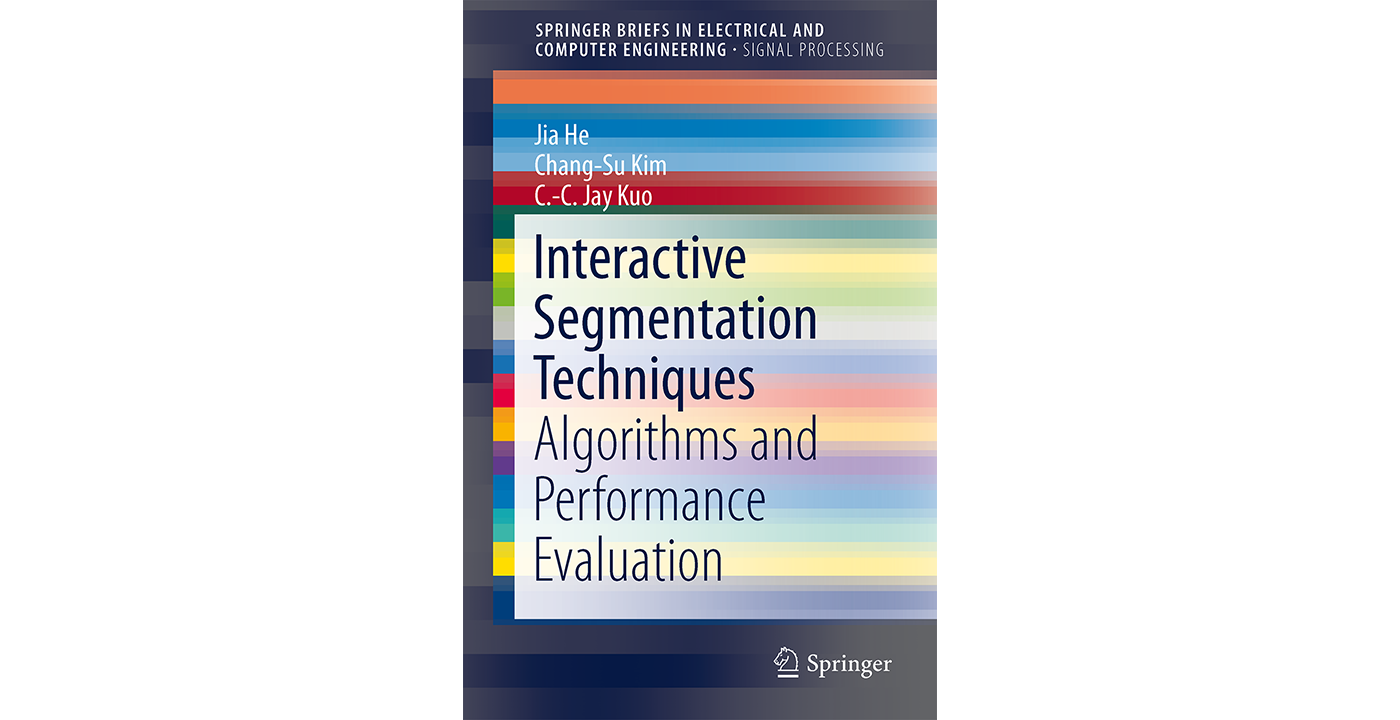Image characterization and categorization based on learning of visual attention
Author: Jia He, Xiang Fu, Shangwen Li, Chang-Su Kim, and C.-C. Jay Kuo
Visual attention of an image, known as saliency of the image, is defined as the regions and contents of the image that attract human eyes’ attention, such as regions with high-contrast, bright luminance, vivid color, clear scene structure and so on, or can be the semantic objects that human expect to see. Our research is to learn the visual attention of the image database, and then develop image characterization and classification algorithms according to the learned visual attention features. These algorithms will be applied into image compression, retargeting, annotation, segmentation, image retrieval, etc.
Recently, the image saliency has been widely studied. However, most work focuses on extracting the salience map of the image using a bottom-up context computation framework [1~5]. The saliency of the image does not always match exactly the visual attention of human, since human tend to “be attracted” by things of their particular interests. To bridge the gap, the learning of visual attention should combine both bottom-up and top-down frameworks. To achieve this goal, we are building a hierarchical human perception tree and learning the image visual attentions with detailed image characteristics, including the salient region’s appearance, semantics, attention priority and intensity. And then the image classification will be based on the content of the saliency area and its saliency intensity. Our system will capture not only the locations of visual attention regions in an image but also estimate their priorities and intensities.
Building a hierarchical human perceptual tree for visual attention learning will be challenging because of its complication, and little work has been done on this modeling. We aim to model the perceptual tree as close as possible [...]

